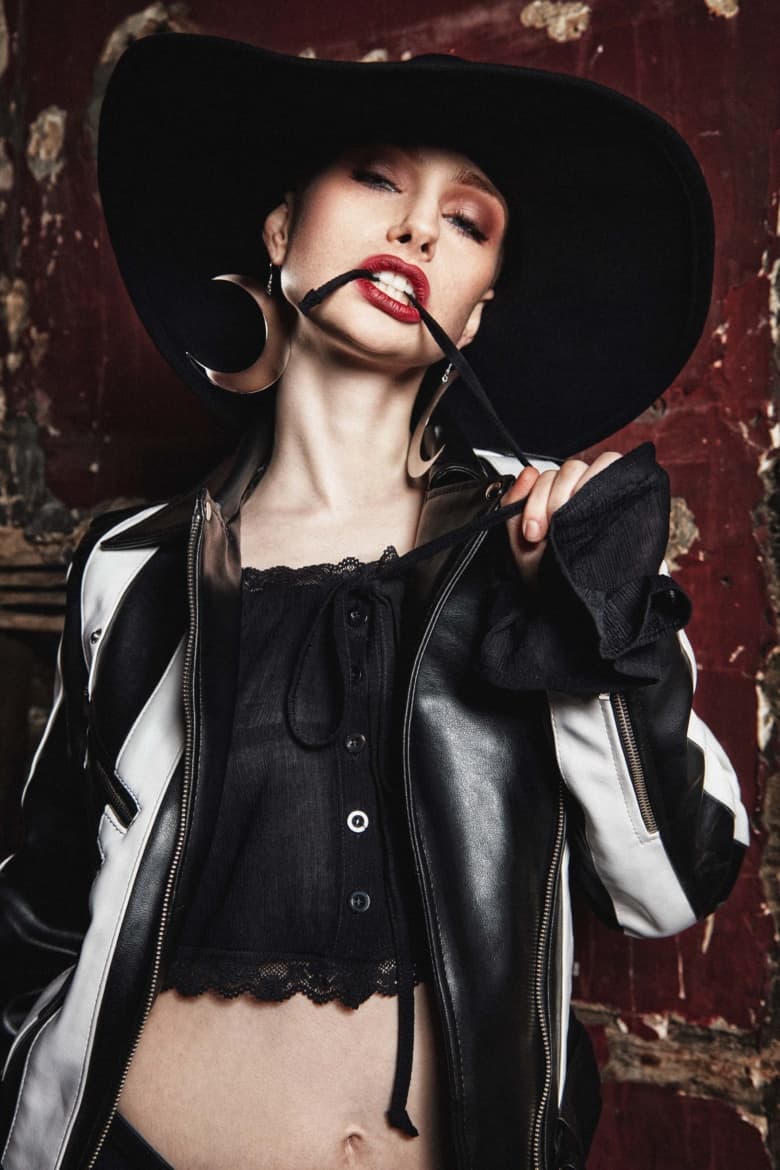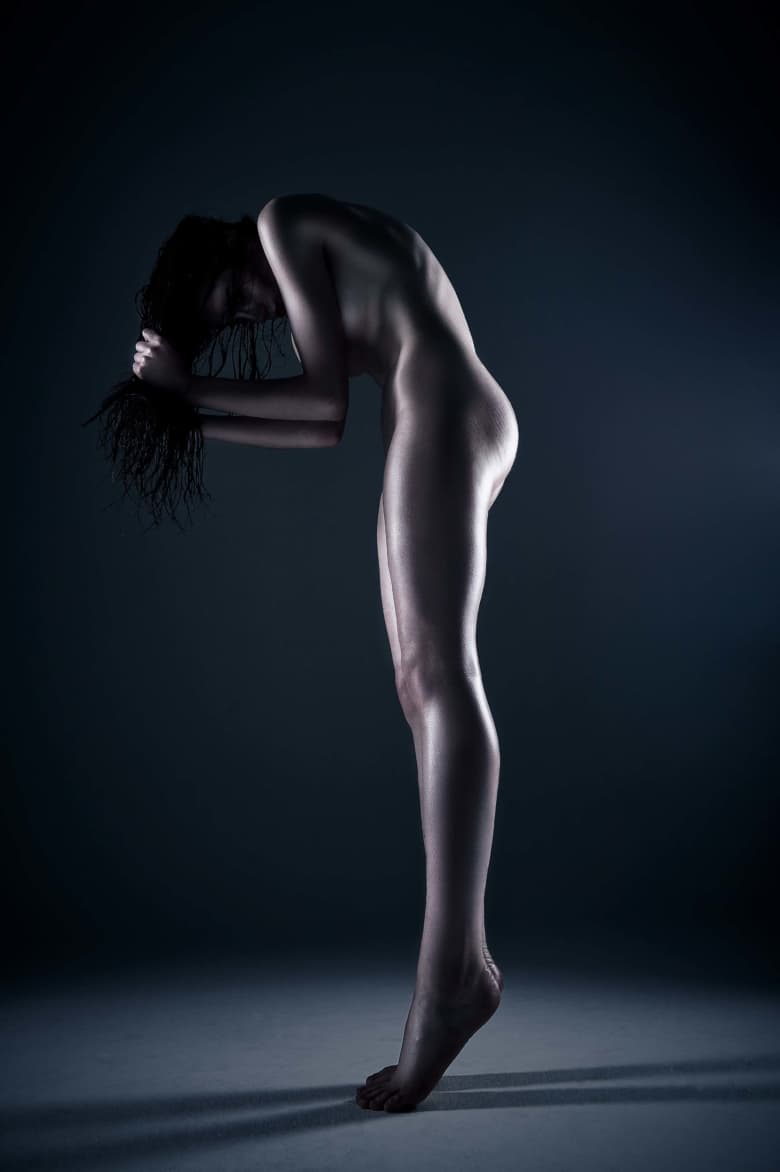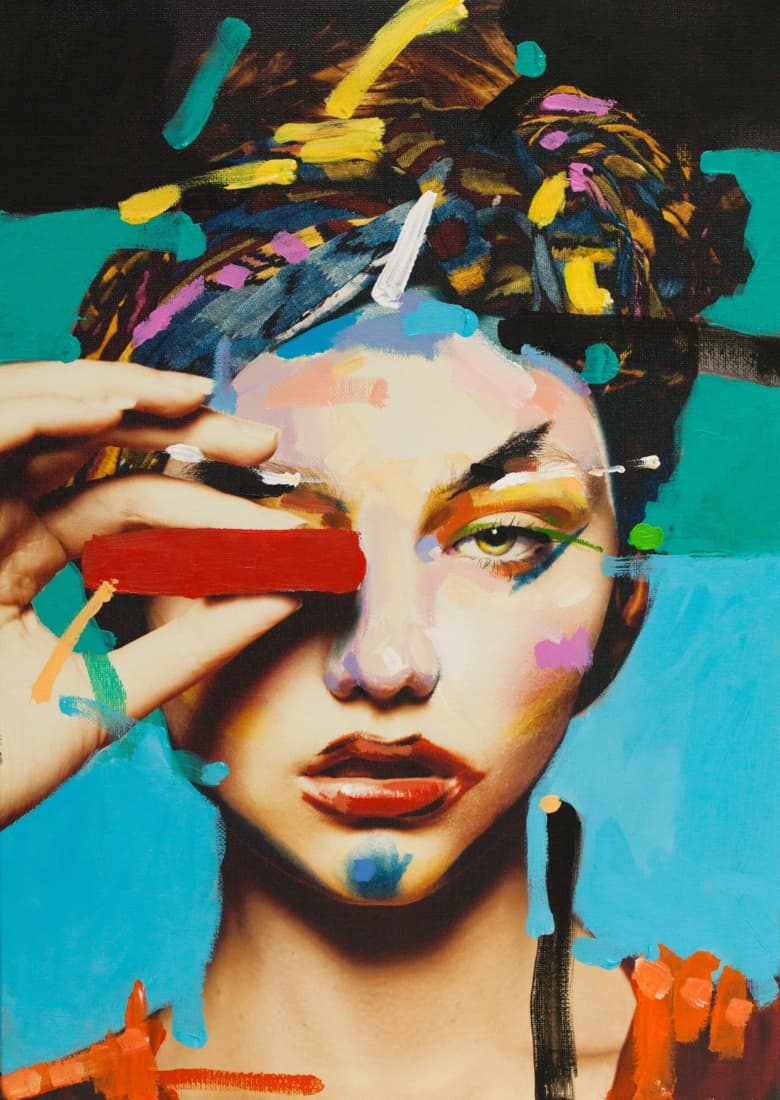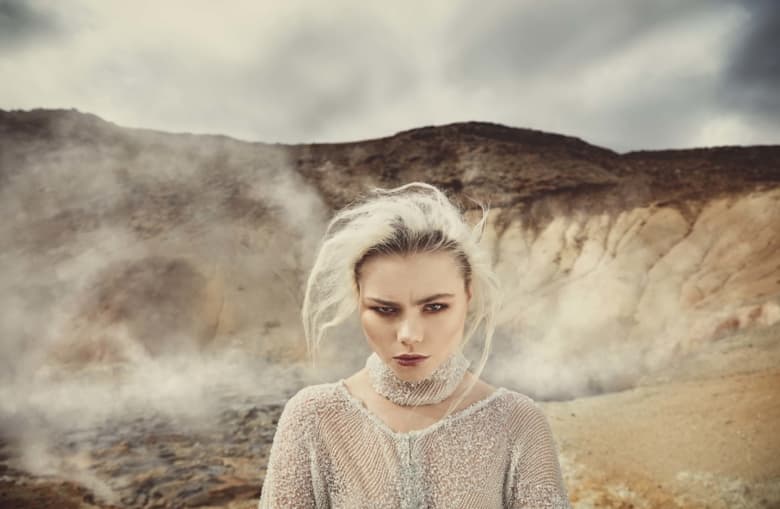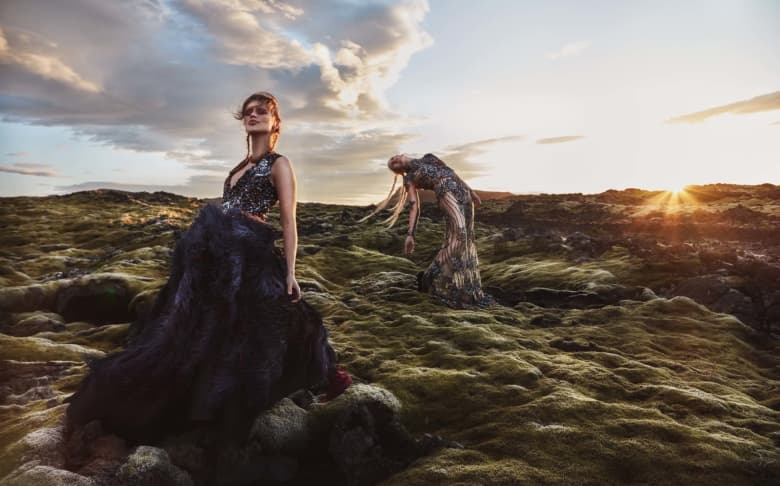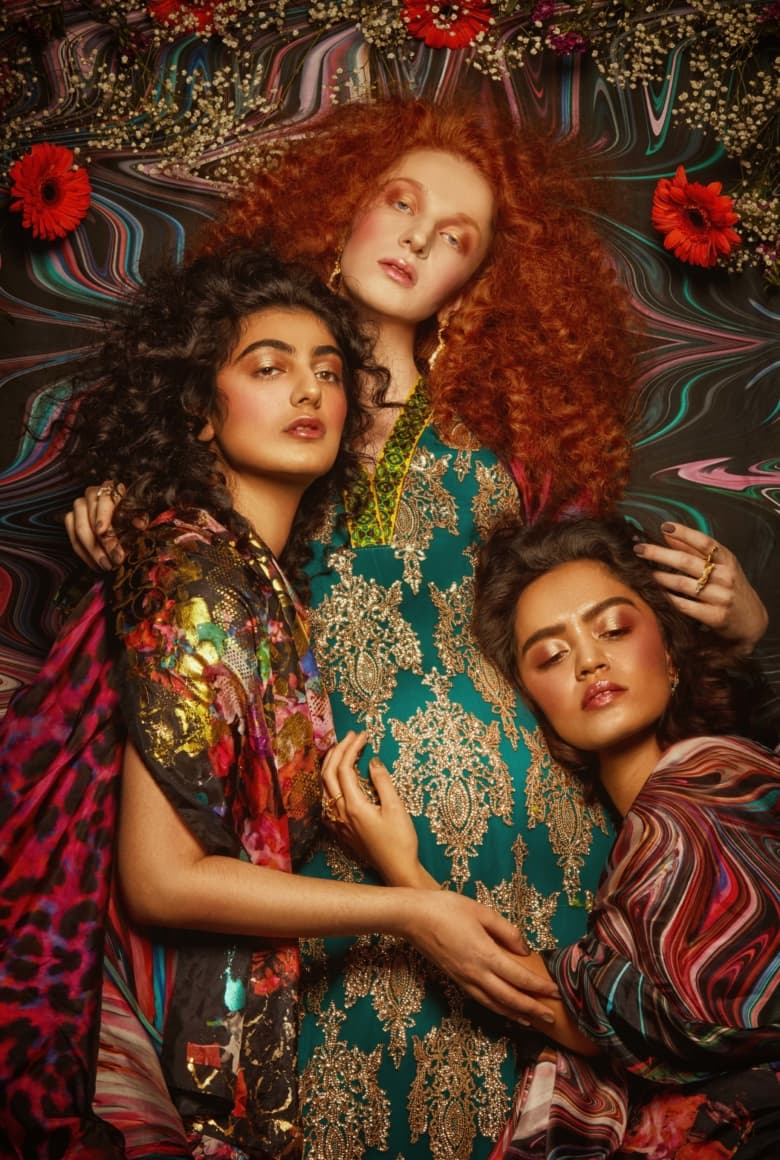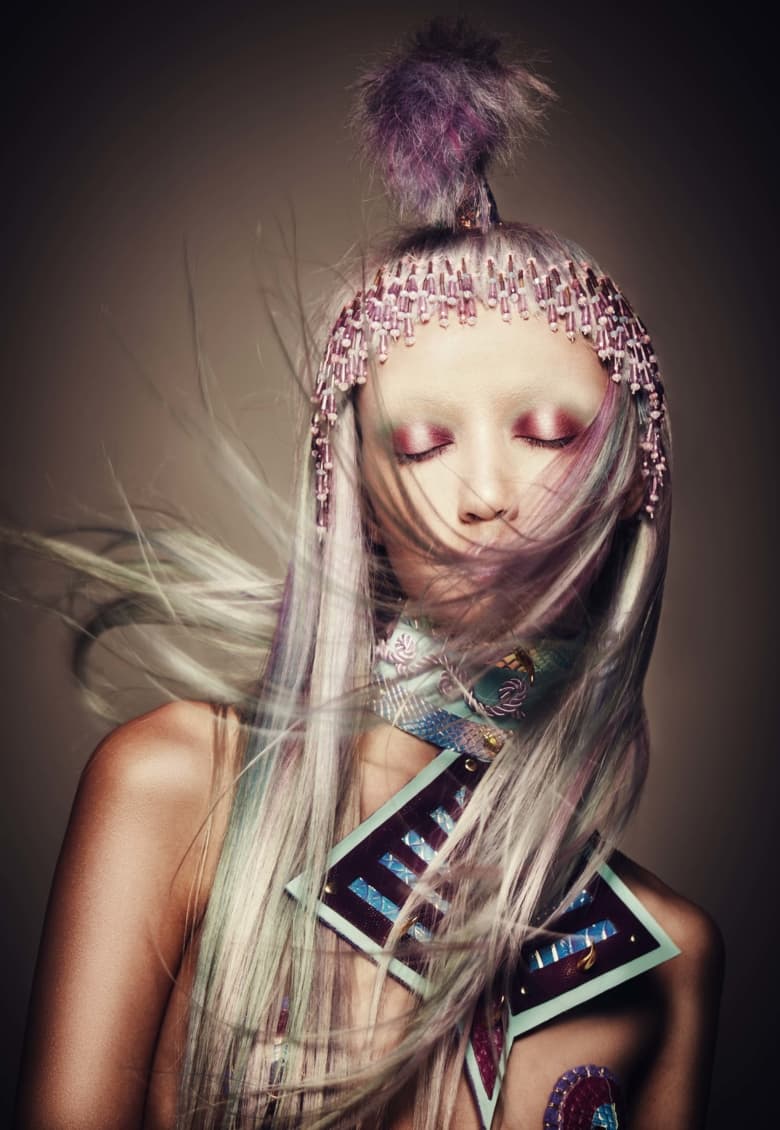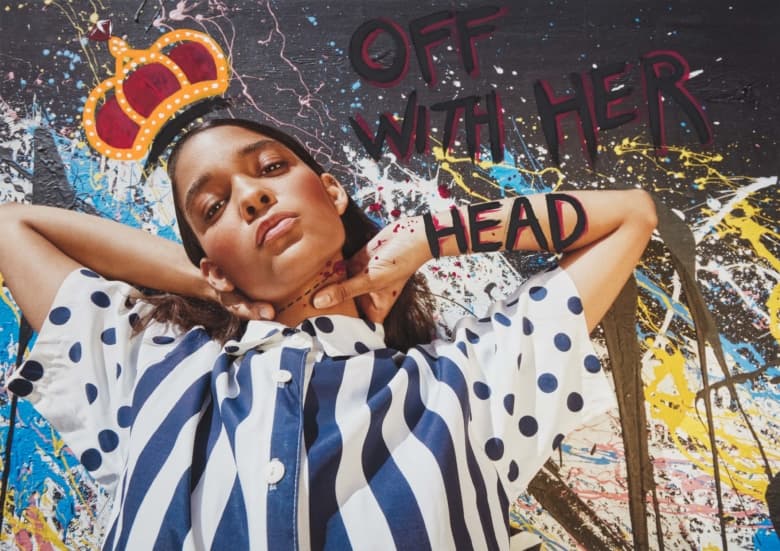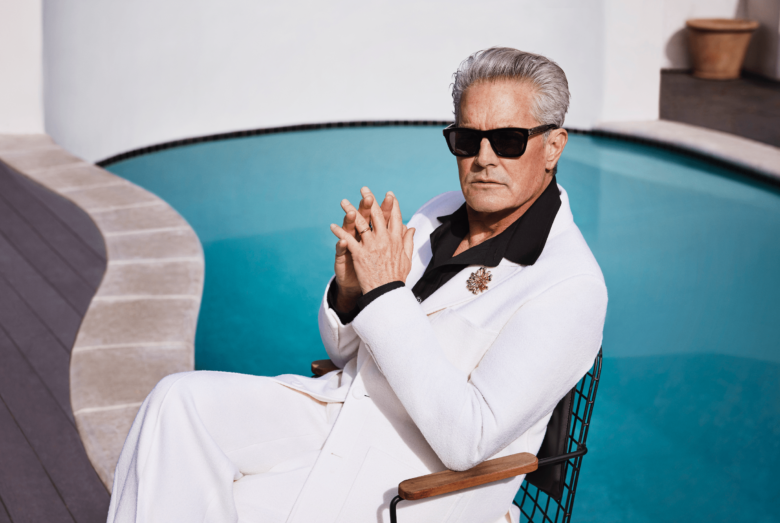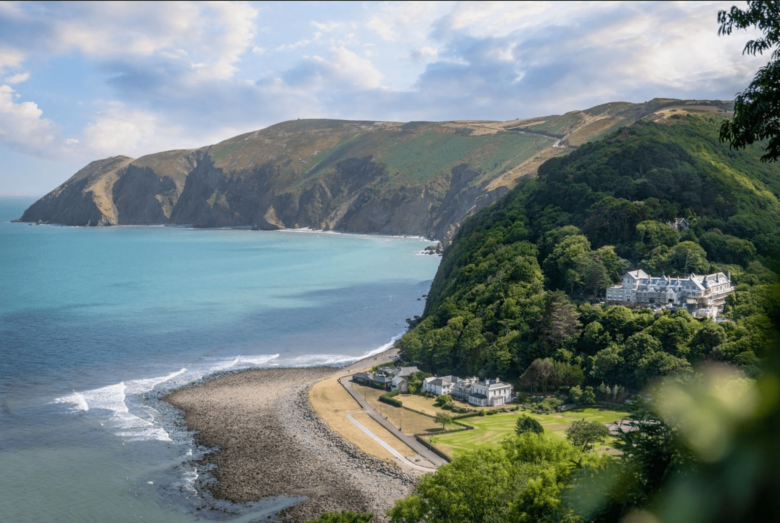Photographer Jodie Mann on finding the fantasy in reality
Sometimes in the creative world, it’s hard to catch a break. “It’s who you know not what you know”, people always tell you, but that doesn’t necessarily mean you have to be a Wintour relative or a Delevingne sister in order to get somewhere. Living and breathing fashion, polymathic artist Jodie Mann proved that it’s not about where you come from (the depths of the Scottish Highlands, in fact) but about how you make your way from there. From networking on ClickerMe to being discovered by Rankin, Mann has proven the power of believing in your work and putting yourself out there.
A platform where fashion creatives can connect, collaborate and showcase their work, ClickerMe is the foundation space which allows people to grow. Bringing together fashion designers, stylists, MUAs, photographers, models and more, the free network acts as a doorway into the fashion world, allowing people to find their dream teams and their next steps. Creating a profile and building up a portfolio offers creatives young and old to discover new paths for their career, and for Jodie Mann it was where photographer Rankin recognised her talent. After being handpicked as the favourite portfolio from ClickerMe, we caught up with the rising talent to talk about Mann’s delicate eye for detail, unique upbringing and her vibrant work…
Do you remember the moment you fell in love with photography?
When I had to do an art project in school and I wasn’t really a big fan of the drawing side of things – which was how we were expected to complete it but I was not interest in being pigeonholed. Because my sister is an illustrator, my mum was a fashion illustrator and my dad has a background in photography and technology, I was surrounded by things I hadn’t seen before and I hadn’t learnt in school and I was desperate to utilise those elements. So for this project, I decided to not do traditional stuff and asked my dad to show me how to use a camera. Initially I just wanted to create through make up, and so took a lot of self portraits, then I focused more on creating the whole image and reached out to new subjects – lots of beautiful friends! It wasn’t until I actually took a photo of someone else, directed them and I brought them into the concept from my mind, that’s when I fell in love with it. I loved sharing that moment with someone, living out my idea.
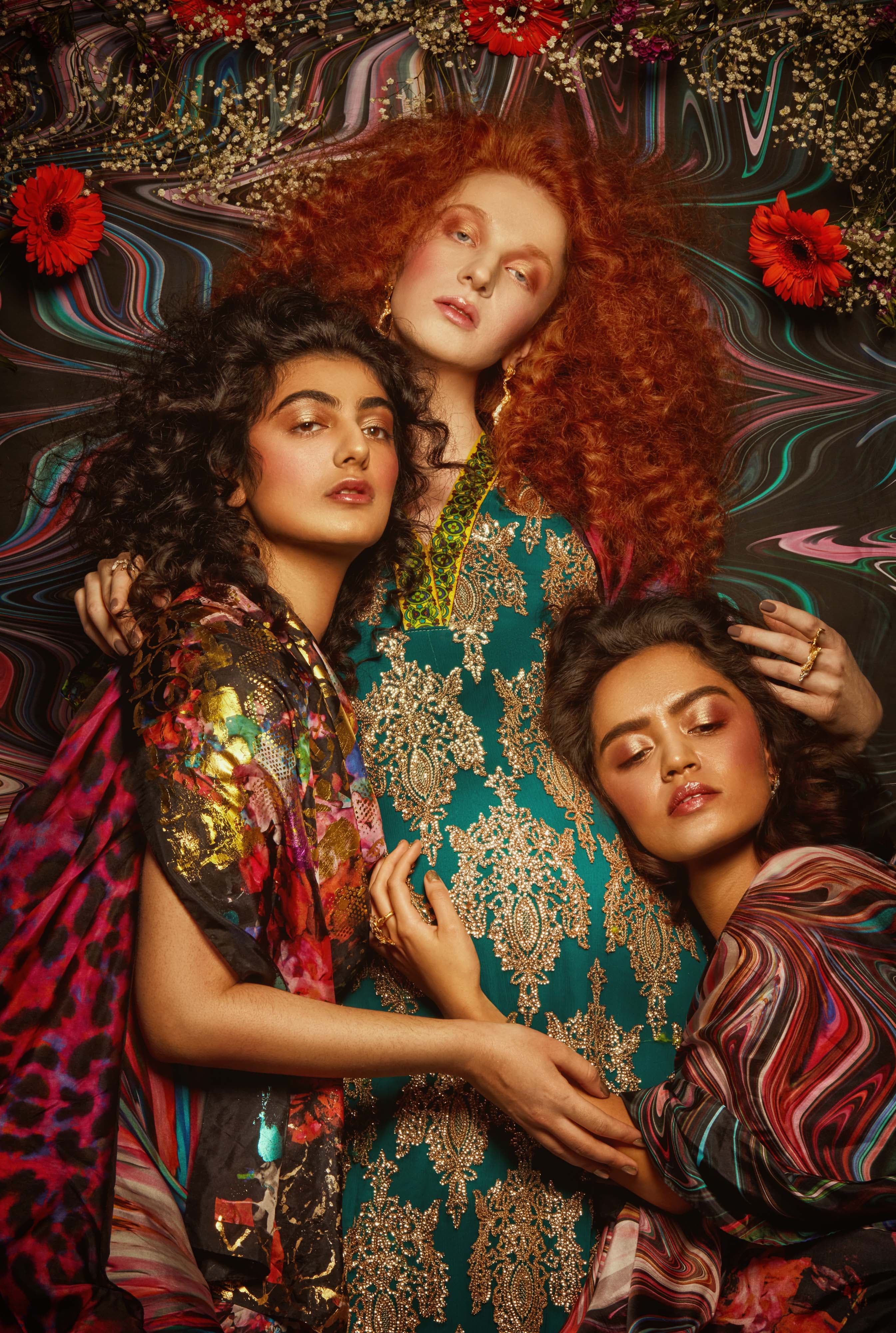
It sounds like you were surrounded by a lot of art and culture growing up, talk me through your upbringing.
Definitely! In some senses it was quite sheltered as I grew up in the middle of nowhere, up in the Highlands, so I wasn’t surrounded by many people and I have a small close family. But, the influence from them individually was very broad. My sister loves stories, she had a big influence on me in terms of learning how to tell a story through artwork and I was super inspired by her ability to draw anything that came out of her head. She could just create from her mind which was so inspiring to me, it really helped me to build the basis and the foundation for new ideas for imagery. My dad is on the other side of things, the tech side of things: he taught me how to get what I want out of a camera. Then my mum really got me into the fashion world, she’d been a fashion illustrator for a really long time, she always had all the old 60s and 70s Vogues lying around and is actually the one who introduced me to iconic photographers like Rankin and Nick Knight and all the kind of people who you need to keep an eye on… So, I got all of the foundation for my job from my family and the landscape I grew up in.
You’ve spoken about Scotland’s influence on your work, about wanting to capture the darker side of its history. How do you bring this drama into your work?
It’s a mixture of many things, first and foremost all my pictures have to start with a character or a story, and that in itself always brings out drama. I’ve always been really inspired by the way they put film posters together, I love the richness and the clarity you get from that kind of work. The tones, the colour palette and the subjects themselves – I love the female form, you can capture and portray it in so many ways. Regardless of whether it’s massively relevant or not, I always try and use my reference points – from textures, landscapes, weather patterns. The natural elements are very important: going back to Scotland and looking at the natural world is so inspiring, and I love to bring those elements into my work to add depth and bring out intensity.
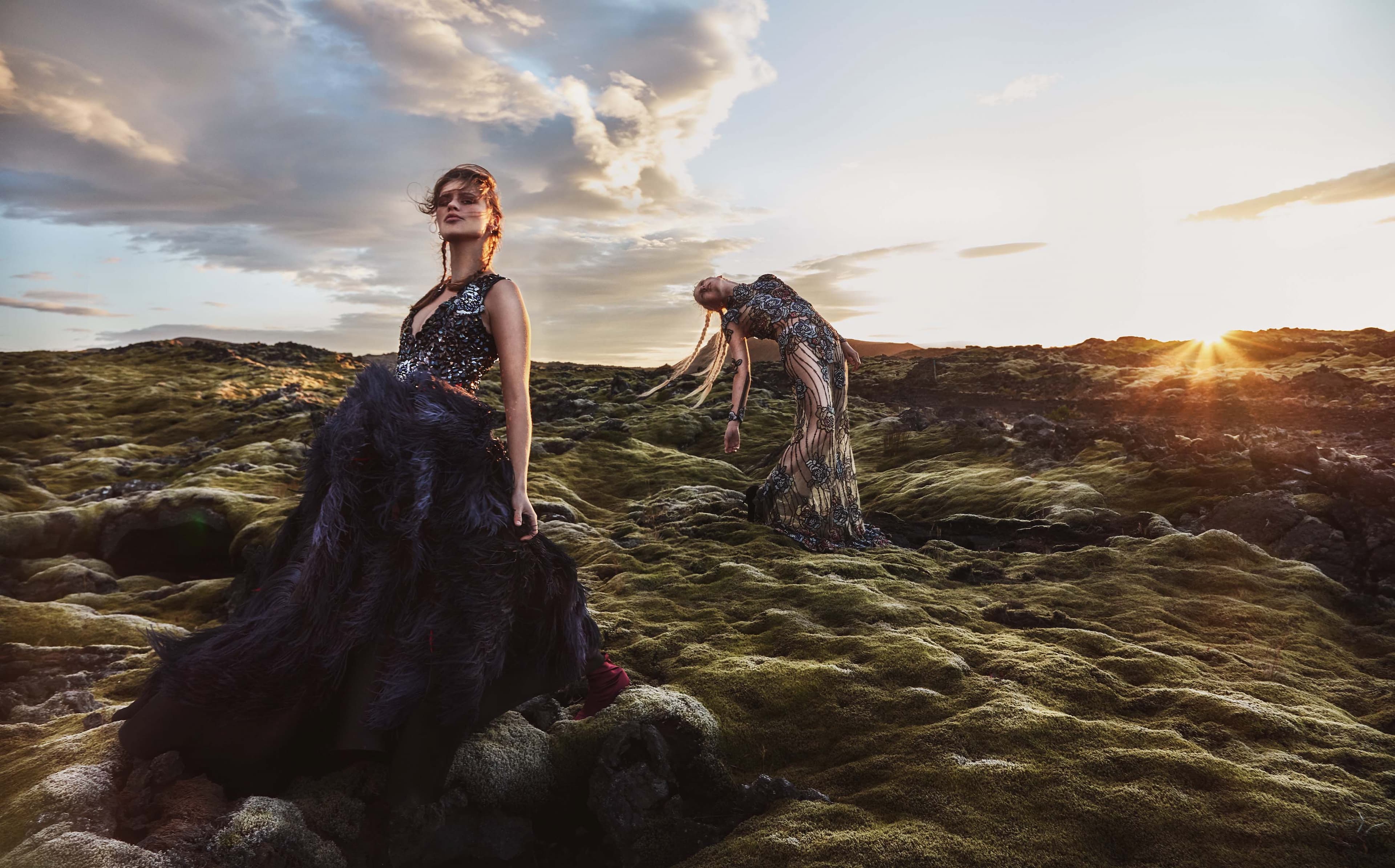
You’ve had a varied path on your way to becoming a photographer, you started in fine art and went on to make up artistry. How do you transfer that physical art into your photography?
The initial love of make up has been one of the most important tools in my ‘kit’. Understanding that process of how it can transform, create characters, bring personality out, give a whole new concept… I think that the transition from that to photography makes collaboration so much more rewarding. You have a basic understanding of what is actually doable, but also how to push the boundaries. When I was up in the Highlands and I had no one around me, I was doing everything: the hair, the styling as well as the make up. I think that’s how a lot of people start out, you try and do as much as you can on your own, by doing that I appreciate and understand everyone’s roles on set a lot better and how to bring out the best in them.
You work as a retoucher too, how do you find the balance between those two artistries: natural shot you’ve taken and the retouching work?
With retouching, I think it can make or break an image. For me it’s part of the process: in the fantasy-esque images, there’s definitely always something I want to achieve in the final shot that I know I’m not going to be able to do in real life. I will often shoot with the post-processing in mind, for me it’s like the next step, like video editing is the next step of making a film. I love the retouching, a lot of photographers really don’t, but I’m a massive perfectionist so spending hours on a picture getting every element flawless I find so satisfying. It’s all part of it for me.
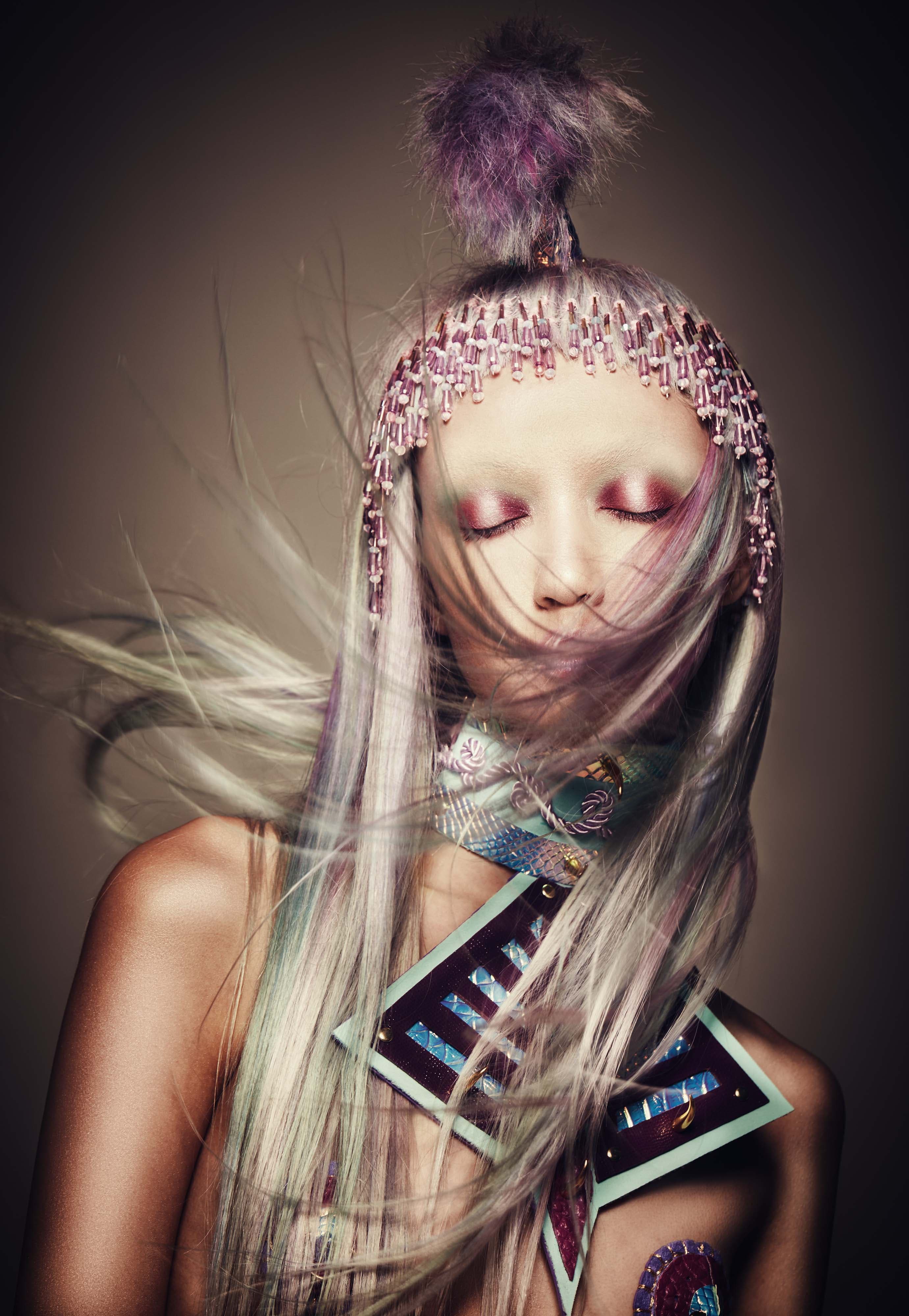
Why do you think that your imagery was the winning selection from ClickerMe?
I like to think because of the impact of it, it’s something a little bit different. It’s all about visual communication: the way that I think about the imagery I’m creating, going that extra mile with the storytelling, is so important. I like to think that all the work I do behind the scenes comes across. We’re so oversaturated with imagery and visuals in our society, it’s important to make something with impact to stand out.
What do you think is the greatest photograph ever taken?
That’s a tough one… I don’t know if it’s the greatest photo ever taken but Richard Avedon’s Dovima with Elephants [Paris, 1955] image always comes into my head. There was a documentary where Rankin was recreating these famous photos, and this was one of them, and I think that’s partly why. But it’s all about the juxtaposition, it’s captivating. Then watching my all-time favourite photographer recreate that, it added another layer to the love.
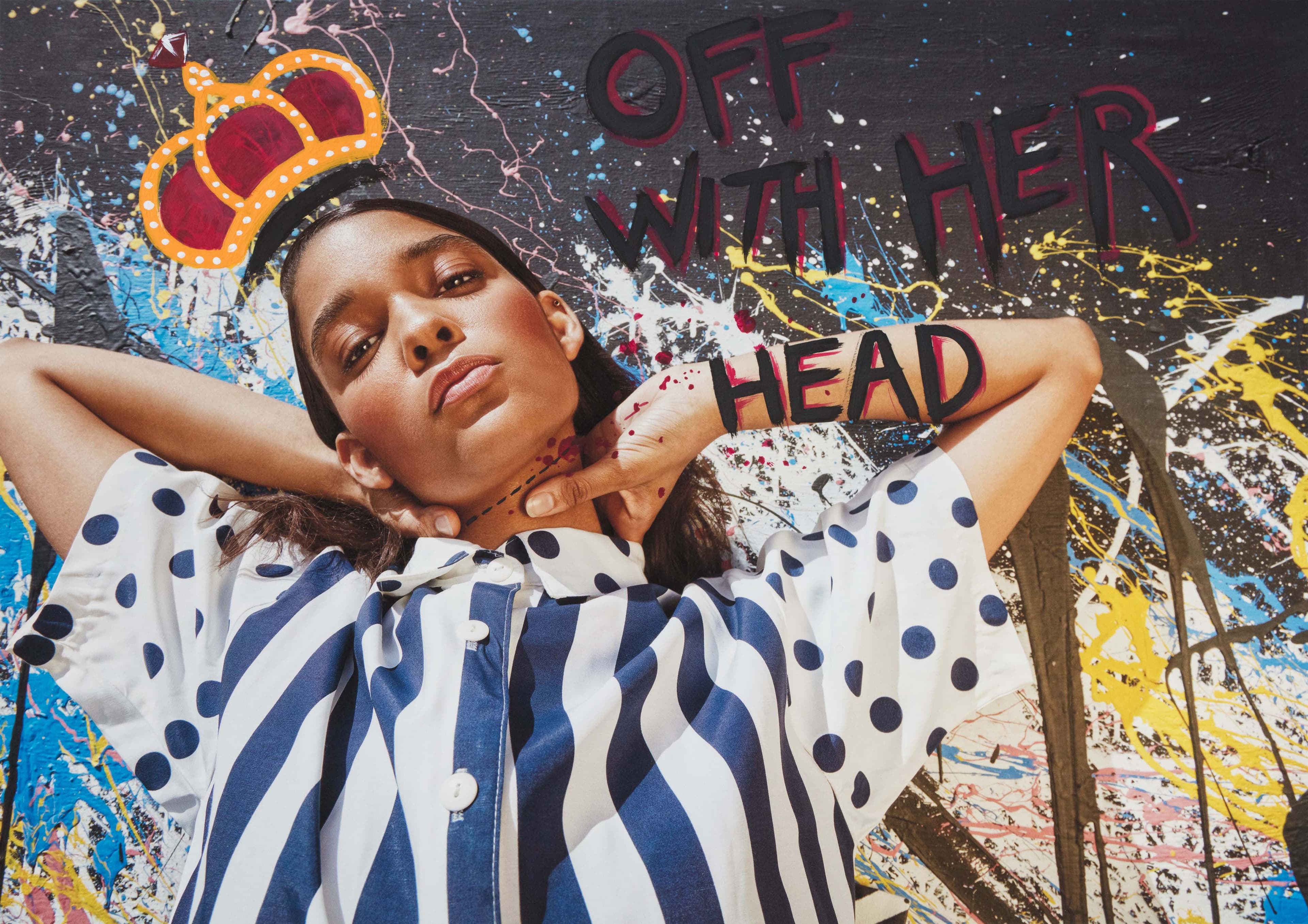
Who have been your greatest influences over your career so far?
It’s going to sound really lame, but probably my family. They’ve contributed so much to my learning process and my visual process and they’ve been with me every step of the way. But beyond that, Rankin and Nick Knight are my ultimate photography influences, and the people I found as inspiration when I branched out on my own.
If you could photograph just one thing for the rest of your life what would it be?
It would have to be a person. I’m all about the face. If Lady Gaga would let me follow her around and photograph her forever that would make me happy.
Find out more about ClickerMe and join the free networking site here. Check out Jodie Mann’s work in the gallery below and follow her on Instagram here.
